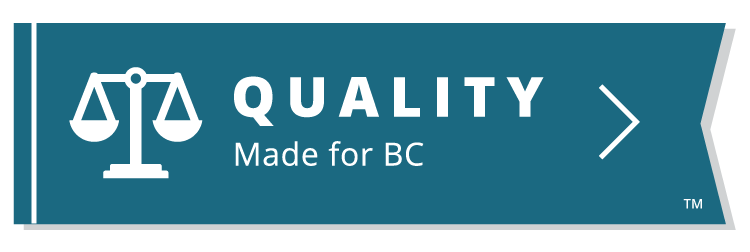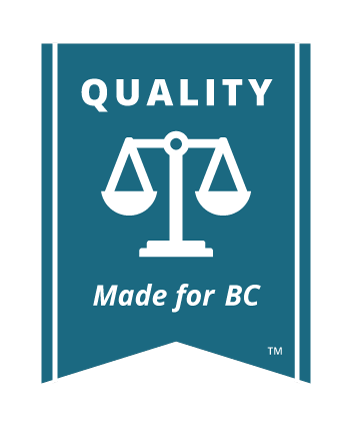Cross-examination
Cross-examination is when you ask the other party and their witnesses questions, and when the other party’s lawyer asks you and your witnesses’ questions.
The purpose of cross-examination is:
- To get testimony from the other party’s witness that supports your own case; and
- To discredit the witness (make the witness’s evidence look less believable)
The scope of questions in cross-examination is broad; you can ask any questions that are relevant to the case, as long as you do not harass the witness. Unlike direct examination of your own witness, you will often ask the witness leading questions.
When a witness takes the stand to give evidence, their credibility is on the line. Therefore, in cross-examination, you can ask questions intended to make the witness look less credible. For example, a witness may have testified under direct examination that he drove directly home after work on the day in question. Your cross-examination may focus on your knowledge that, in fact, he was seen drinking at the bar for three hours after work.
Your cross-examination can focus on these areas:
- Showing that the witness favours the other party (biased)
- Showing that the witness has contradicted themselves in previous statements
- Challenging the witness’s memory on certain points
- Challenging the witness’s version of events
You are not required to cross-examine every witness, but if you do not cross-examine a witness, their evidence may be accepted because nothing has been introduced to contradict it.
During cross-examination, the witness should have a chance to explain things that are being introduced as evidence against them. It is not appropriate to “ambush” the witness by bringing in unexpected evidence that they cannot explain or disagree with. For example, if you want to bring evidence to the court that the plaintiff was intoxicated during a child access visit, you must ask the plaintiff about their behavior during the access visit before introducing a witness to give evidence of the intoxication.
It is not easy to cross-examine a witness effectively. This section only outlines a few of the basics of conducting a cross-examination. A judge may give you some direction when you are conducting a cross-examination.
Inconsistent Statements
A witness may say something at trial that contradicts something they said before trial. For example, the witness may have stated in a motor vehicle accident report immediately after the accident that they heard a crash, and turned to see the two cars touching bumpers. Then at trial, the witness may say that they saw the defendant’s car crash into the rear of the plaintiff ’s car.
A witness’s earlier statement could have been oral or written, sworn (for example, in an examination for discovery; in an affidavit), or unsworn (for example, a statement to an accident investigator).
You will want to bring these inconsistent statements to the court’s attention in order to challenge the credibility of the witness. While you may not be able to prove the truth of either statement (unless the witness concedes that one statement is true), you will show that the witness’s evidence is probably not reliable.
The BC Evidence Act (s. 13 and 14) tells you how you can challenge a witness’s credibility on written or spoken statements, but the technique is basically the same for challenging all previous statements made by the witness – you get the witness to confirm that they made the previous statement before showing that it is inconsistent with their present testimony.
In your cross-examination you ask the witness if they made the earlier statement. If the witness does not distinctly admit making that statement, you must prove that they did so by calling evidence of your own to confirm that the statement was made.
Written Statements
If a witness made a previous statement in writing, you can cross-examine that witness about the written statement (see s. 13 of the Evidence Act.). While you do not have to show the document to the witness (unless the judge asks you to), you must point out the specific parts of the document that are contradictory.
For example, if you were cross-examining the witness about the accident report in the example above, you would ask the witness if they made and signed that written statement. When that is acknowledged, you have the witness read the contradictory parts of the written statement to the court.
If the witness denies making the earlier statement, you must prove that they did so by calling another witness to confirm that the statement was made, such as the police officer or insurance adjuster who took the statement.
You would use the same technique if the witness’s inconsistent statement were made in an earlier examination for discovery. In that case, you would ask the witness if they attended an examination for discovery on a certain day and remind the witness that they gave certain answers to certain questions under oath or affirmation. You would then read specific questions and answers from the examination for discovery transcript and have the witness confirm that they were asked those questions and gave those answers.
Verbal Statements
You can cross-examine a witness about a prior inconsistent oral statement. In the example above, a written accident report may not have been prepared – the witness may have told a police officer what they saw.
You would begin your cross-examination by asking the witness if they made that statement to the police officer. If they deny making that statement, you must prove that they did so by calling the police officer to confirm that the statement was made. (See s. 14 of the BC Evidence Act.)







 JusticeEducation.ca
JusticeEducation.ca JusticeEd
JusticeEd /JusticeEducation
/JusticeEducation